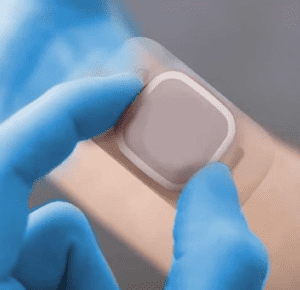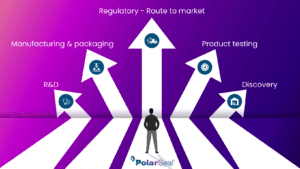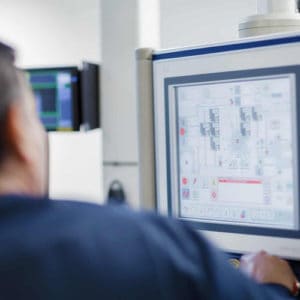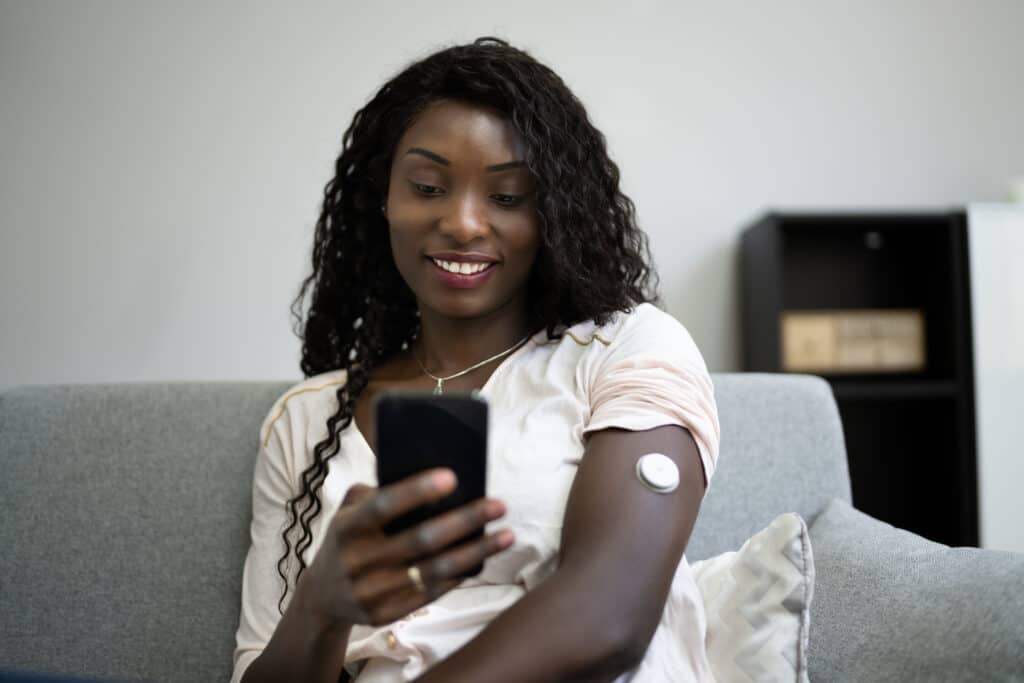The advancement of wearable medical devices has accelerated in recent years and wearable devices are now regularly utilised for detection, monitoring and management of a wide range of conditions ranging from diseases like Parkinson’s disease, diabetes, cardiovascular disease and many more. The continuous monitoring enabled by wearable medical devices is imperative to the long-term management of patients with chronic illnesses, and it’s because of this we are seeing an influx in the popularity of wearable medical devices not only from the Healthcare provider but from the patient themselves. A Wearable device is defined as a device worn on the skin or clothing of the patient, they are transportable and emit readings to a receiving component that is either built into the device within a circuit board, connected via wires or cables, or via GPS or Bluetooth connection. So, when developing a wearable medical device there are several features that should be considered;
- Accuracy – This is imperative to any wearable medical device, accuracy is the all-important element, a low level of accuracy can have huge consequences to the diagnosis, treatment and management of the condition that the patient receives.
- Comfort – Another important consideration should be around the comfort of the patient, often wearable medical devices will be worn for extended periods of time, the device should be lightweight, conformable and breathable and designed with the comfort of the end user in mind.
- Trauma Response – Low level trauma should be considered, from insertion or application through to removal, considerations should be made around the adhesive material and its biocompatibility considering the effects each material will have to the skin.
- Wear Time – Durability is equally as important, the device should maintain good skin contact for the recommended duration period, any disruption to this adhesion can impact the performance of the device. The durability of the device also has cost implications for the device manufacturer. The device should be compatible with the daily routines of the wearer and be sustainable throughout perspiration and bathing, and able to withstand friction caused by clothing or daily activities.
- Biometric Monitoring – The device should be able to monitor the relevant biometric data required for the management of the condition, such as heart rate, glucose levels, blood pressure, or oxygen saturation levels.
Other important considerations include a user-friendly interface, the development of an emergency response in instances where alerting the patient to changes in vitals are required, data security to protect the users privacy, connectivity to any corresponding receivers (Bluetooth, GPS etc) and battery life, for example the device battery life should be compatible with the wear time necessary for the device if a battery or circuit board is to be integrated.
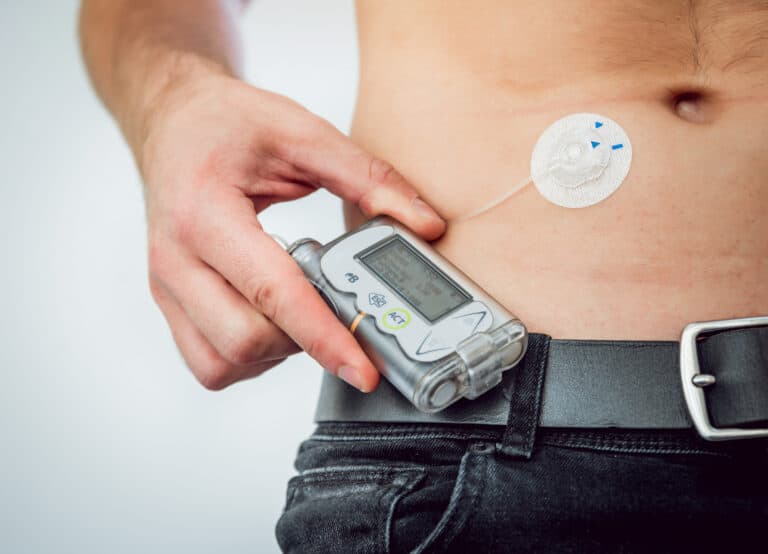
Due to the multiple considerations required for the success of your wearable medical device, working with a contract manufacturer can be of benefit to your application. By working with an experienced flexible material converter, you can utilise the knowledge and sustained partnerships with material manufacturers to develop the components required for success. A CMO should have an in-depth understanding of the importance of the above considerations and be equipped to advise you of material combinations to suit your device. For example, the use of silicone adhesives vs acrylic adhesives when considering the need for reapplication such ECG’s and Blood pressure monitors, vs acrylics for extended wear time and durability. Your CMO will have the capabilities to manufacture your device in-house whilst ensuring the Quality and Regulatory standards are met and maintained, whilst managing and advising you through the route to market.
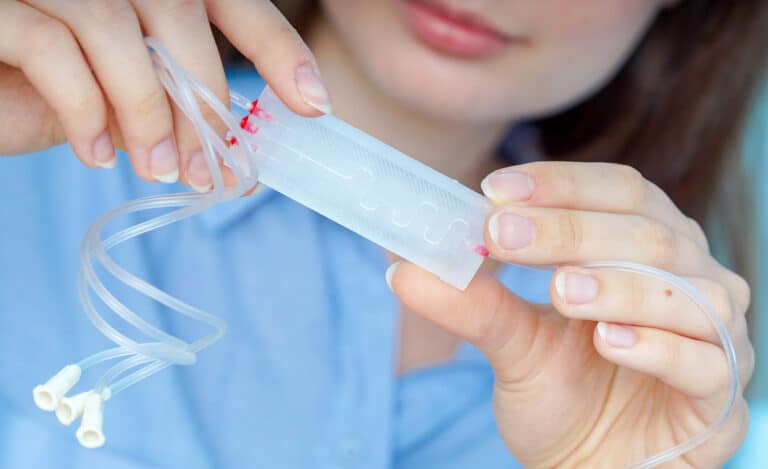
The performance and quality of your device relies upon the use of correct materials, and PolarSeal have unrivalled in-house expertise around material combinations and can advise you in the development of your wearable medical device, collaborating with industry giants such as 3M, Avery Dennison & FLEXcon.
Contact us today to discuss your wearable medical device.


